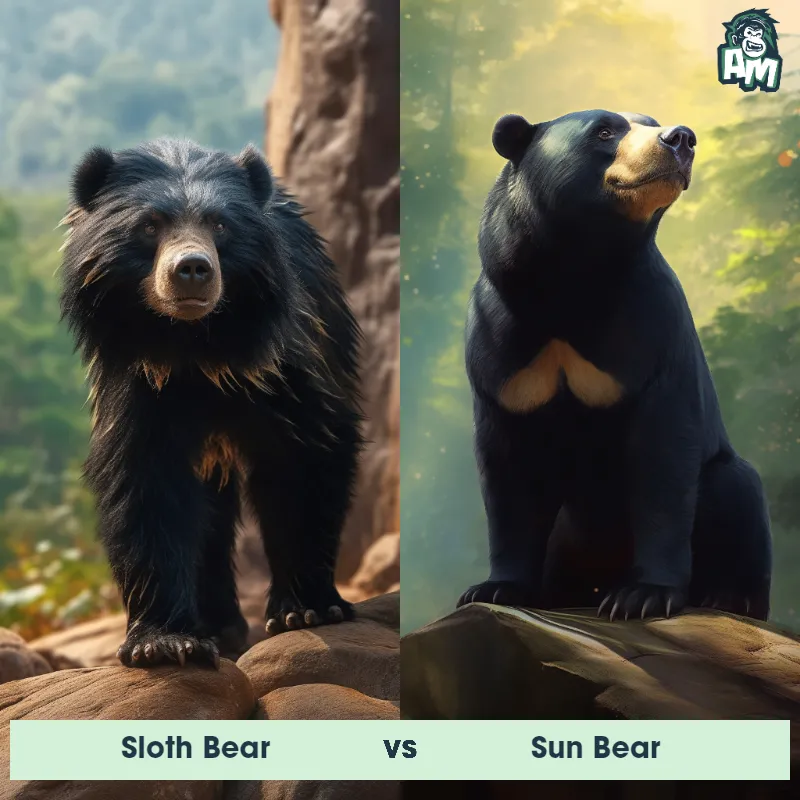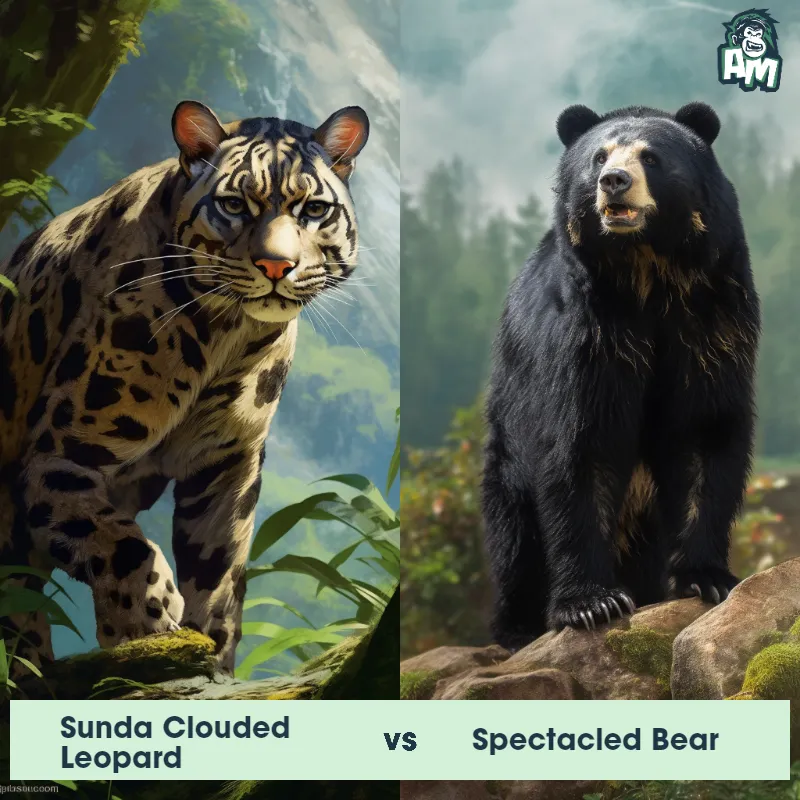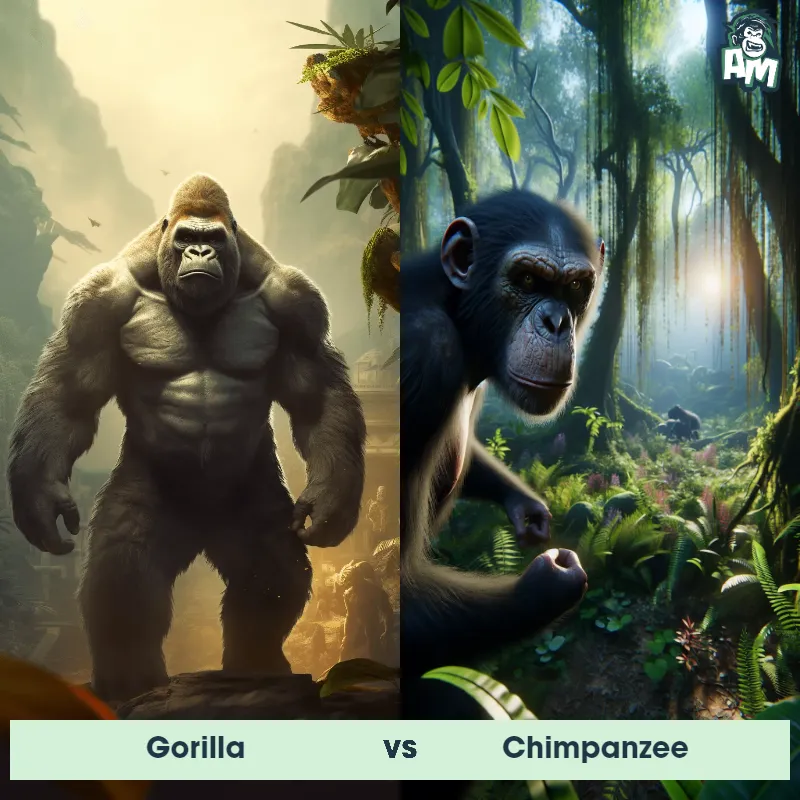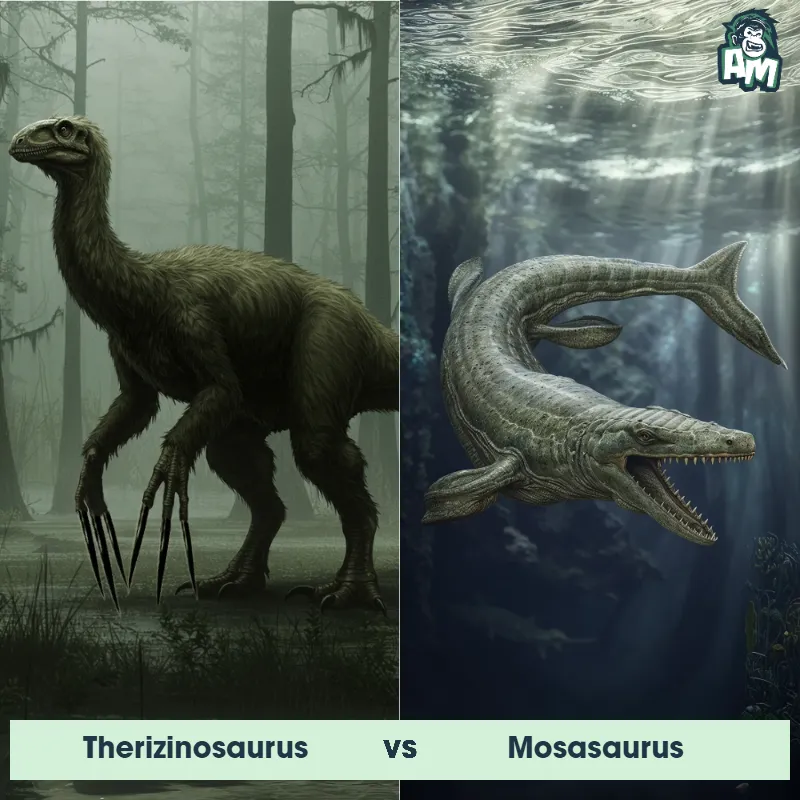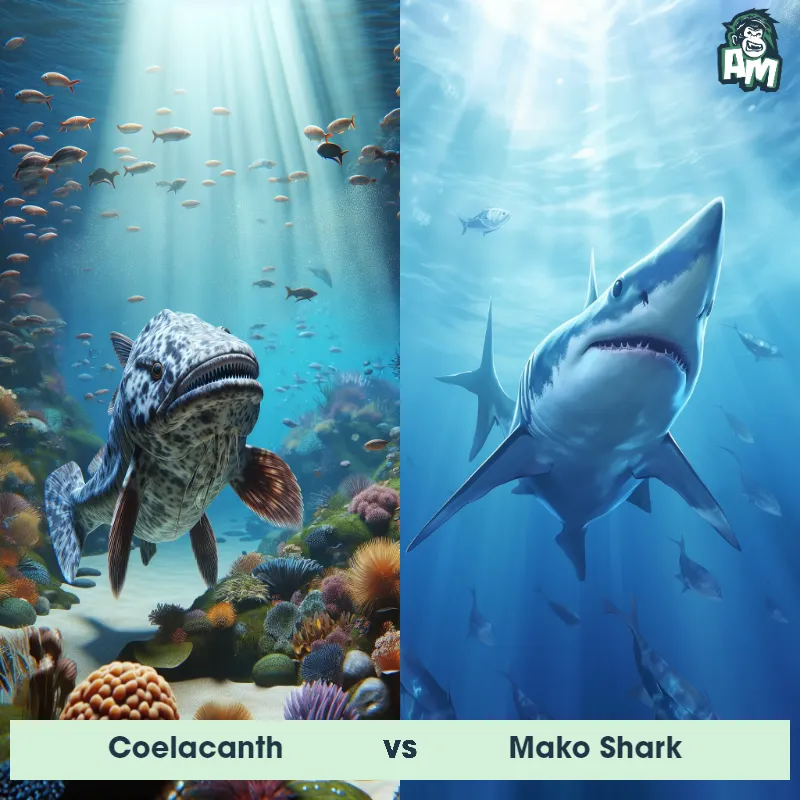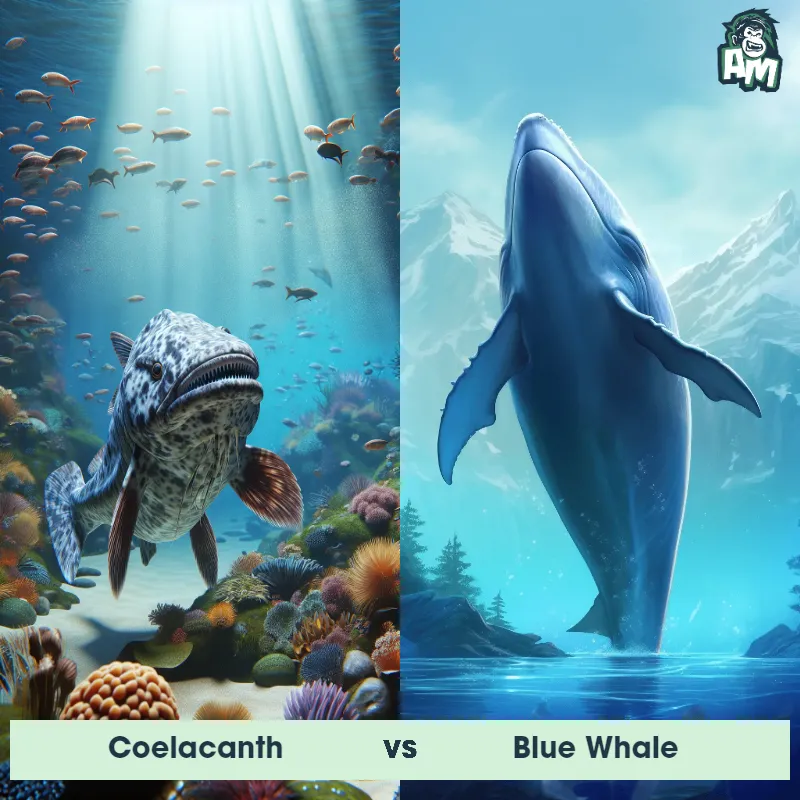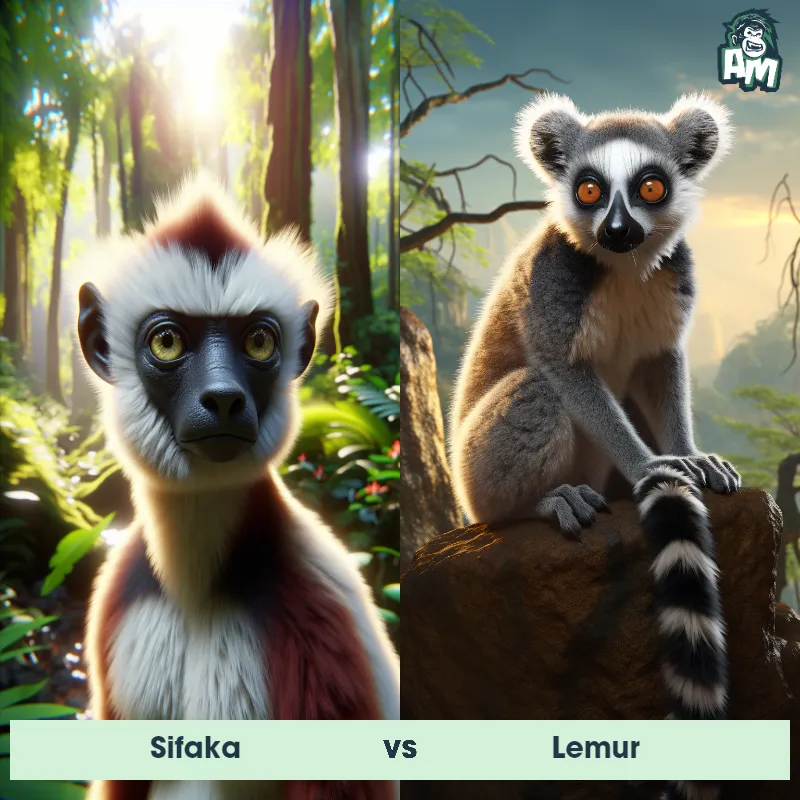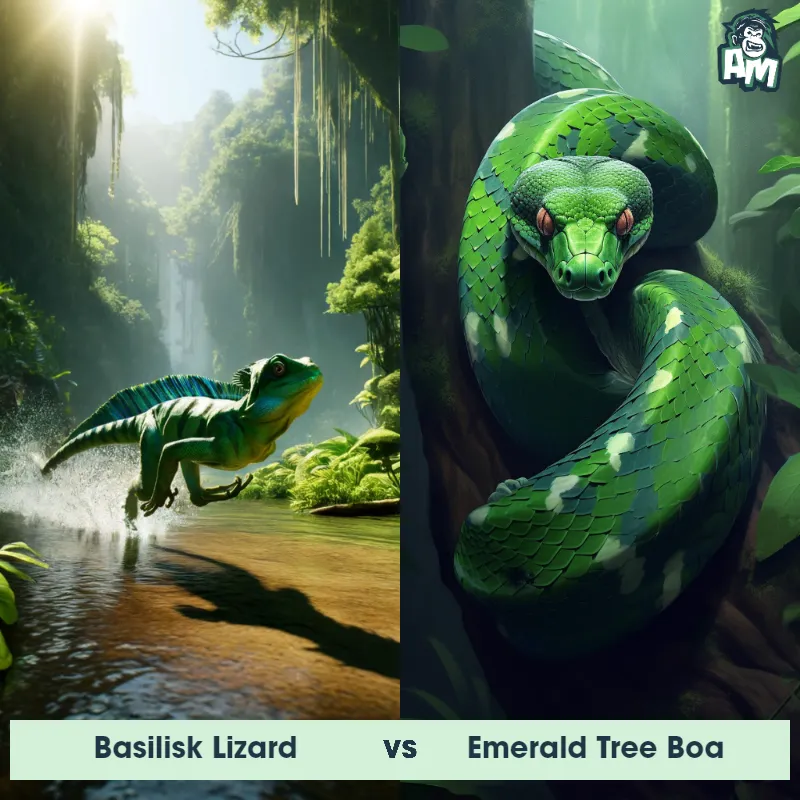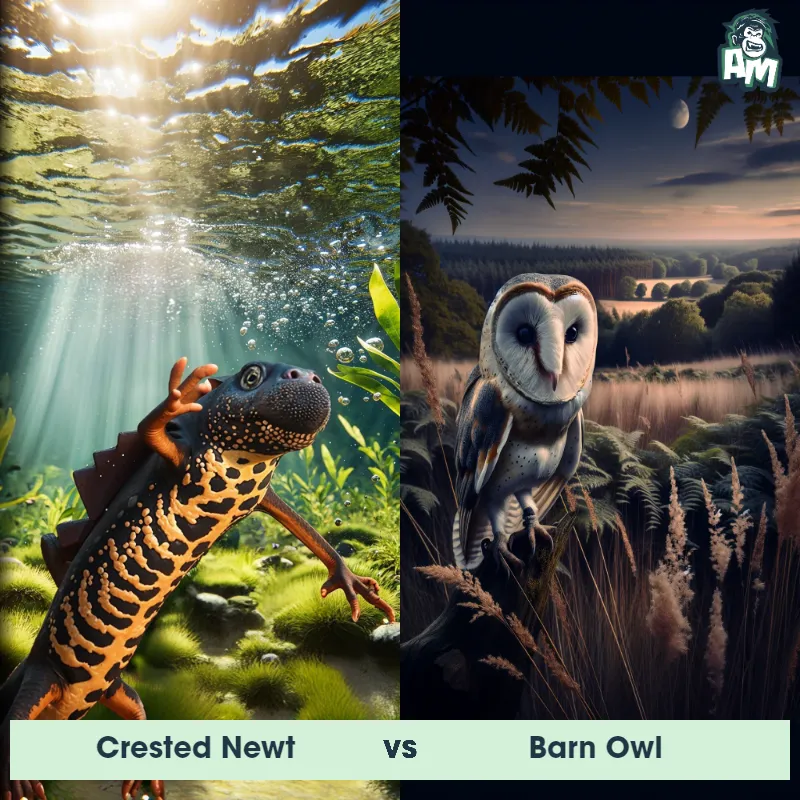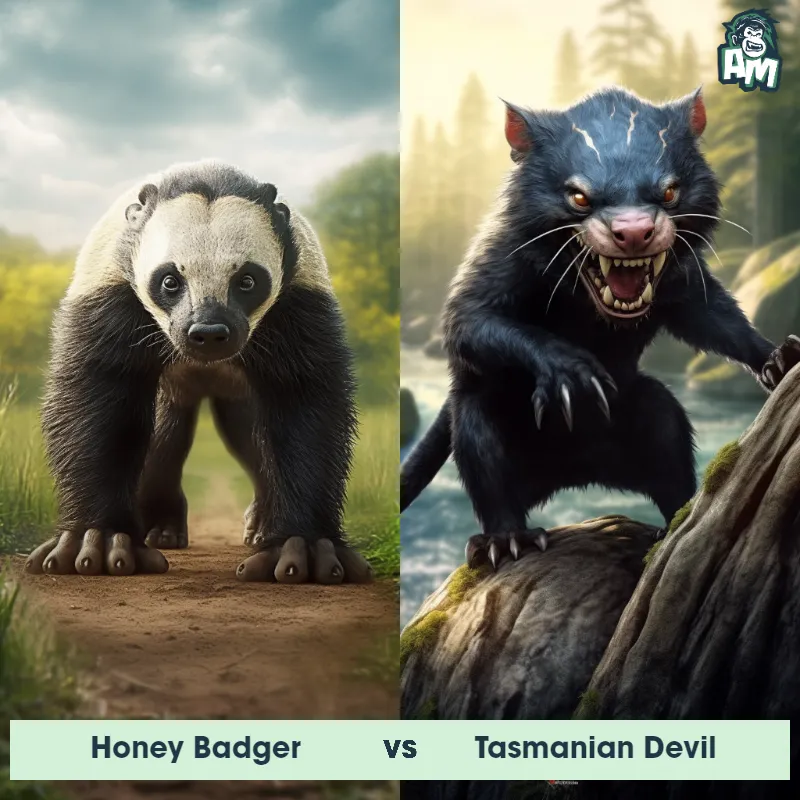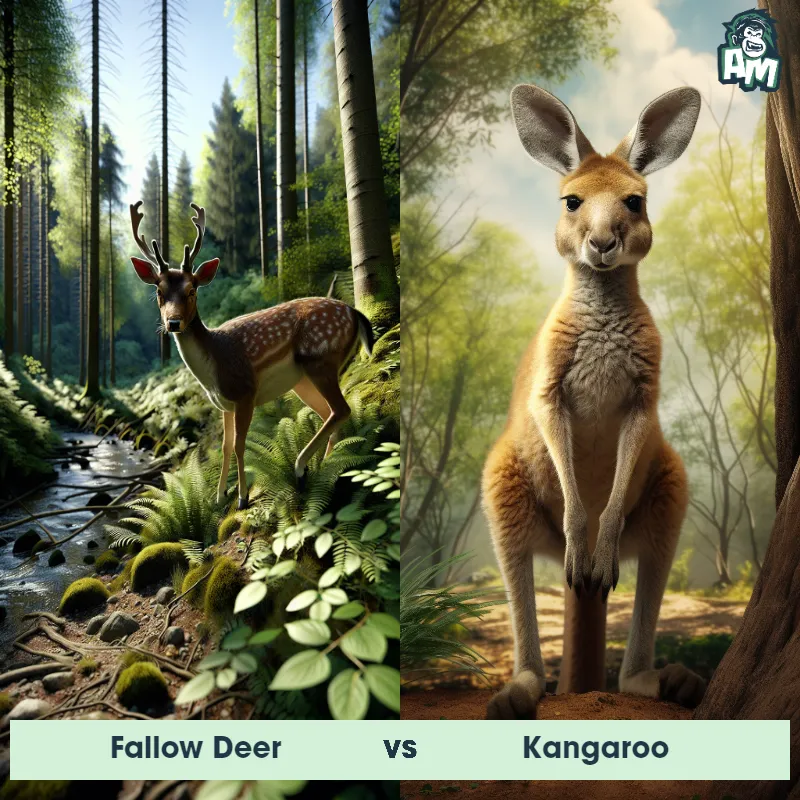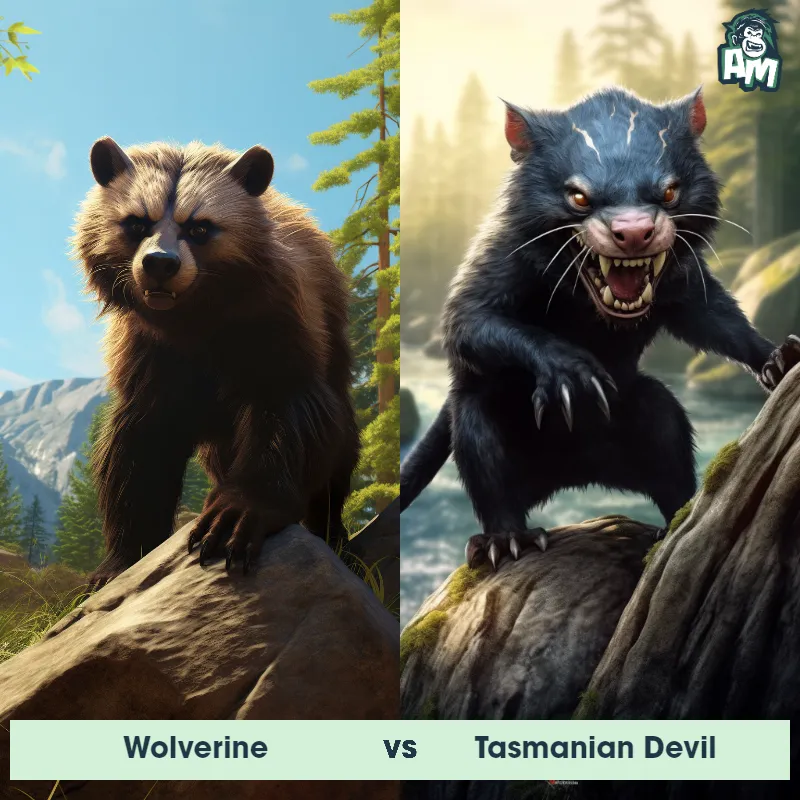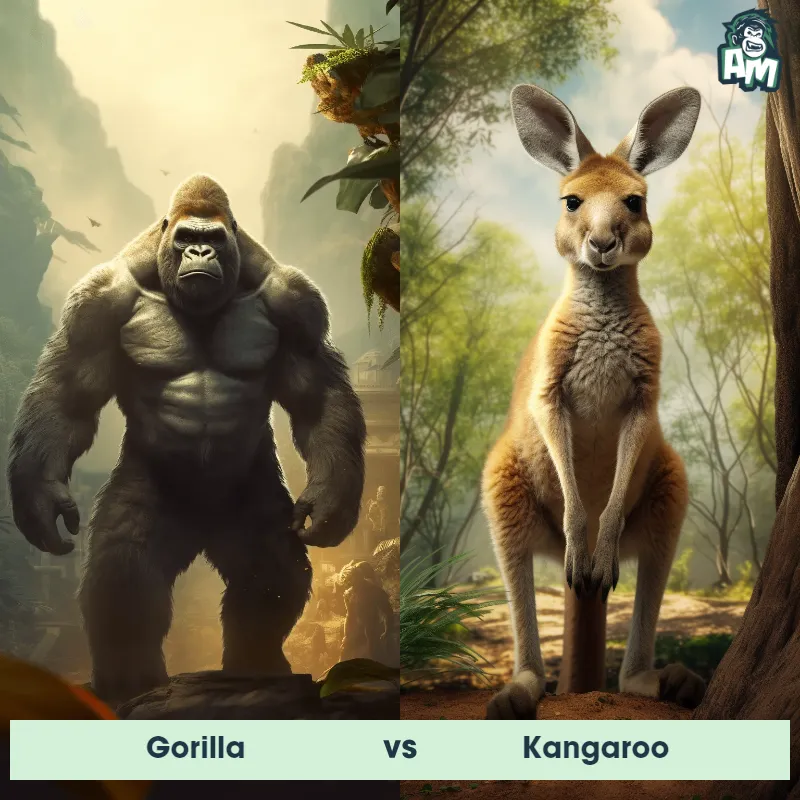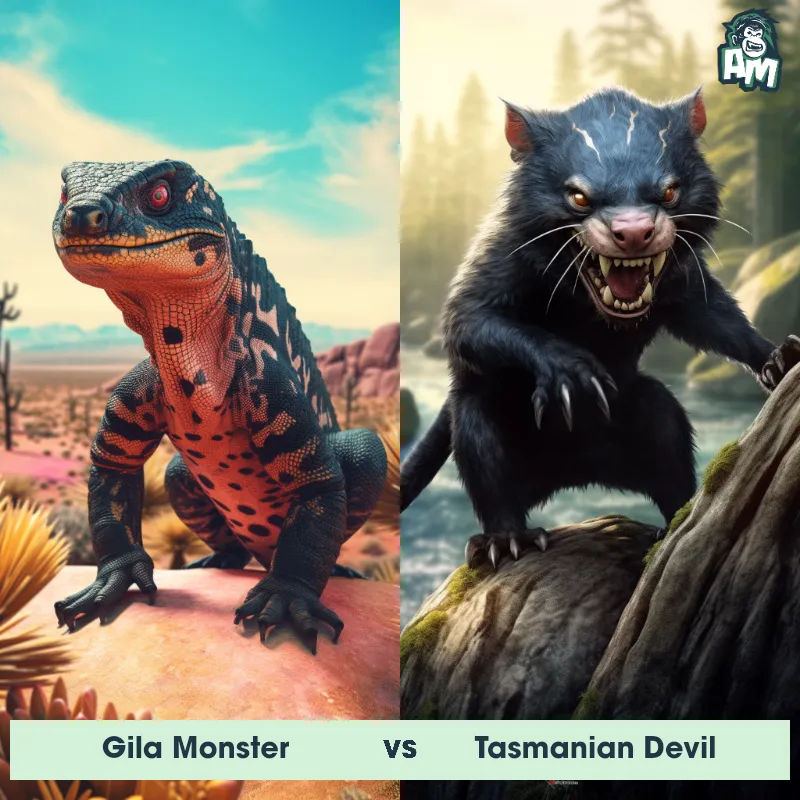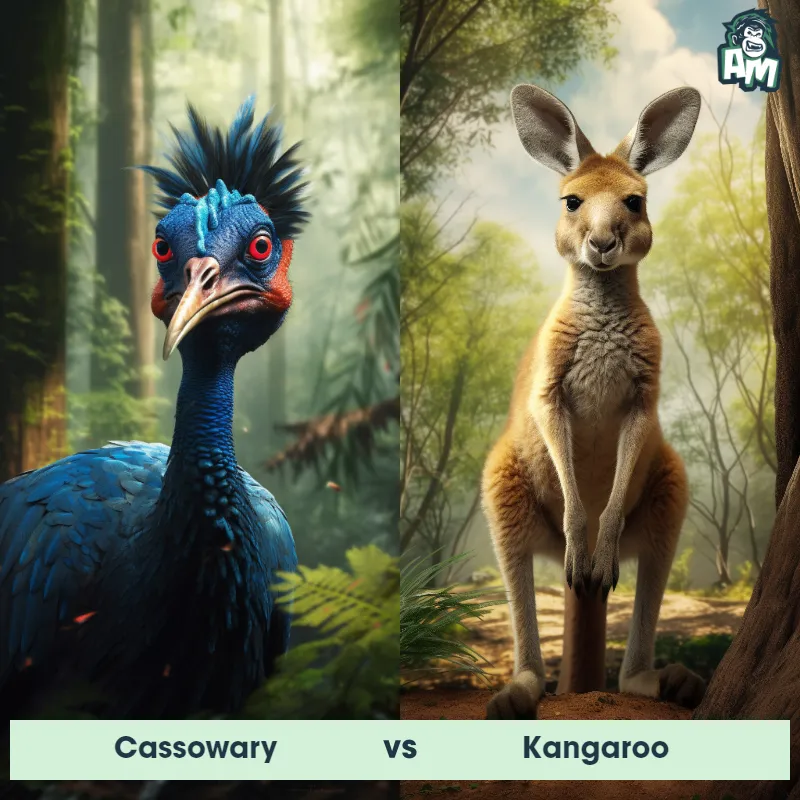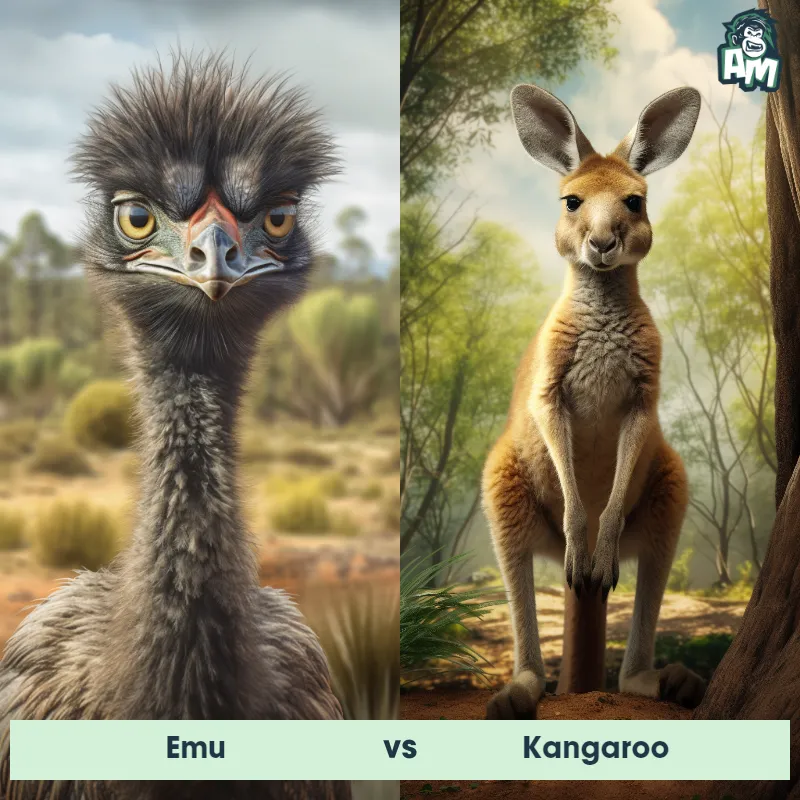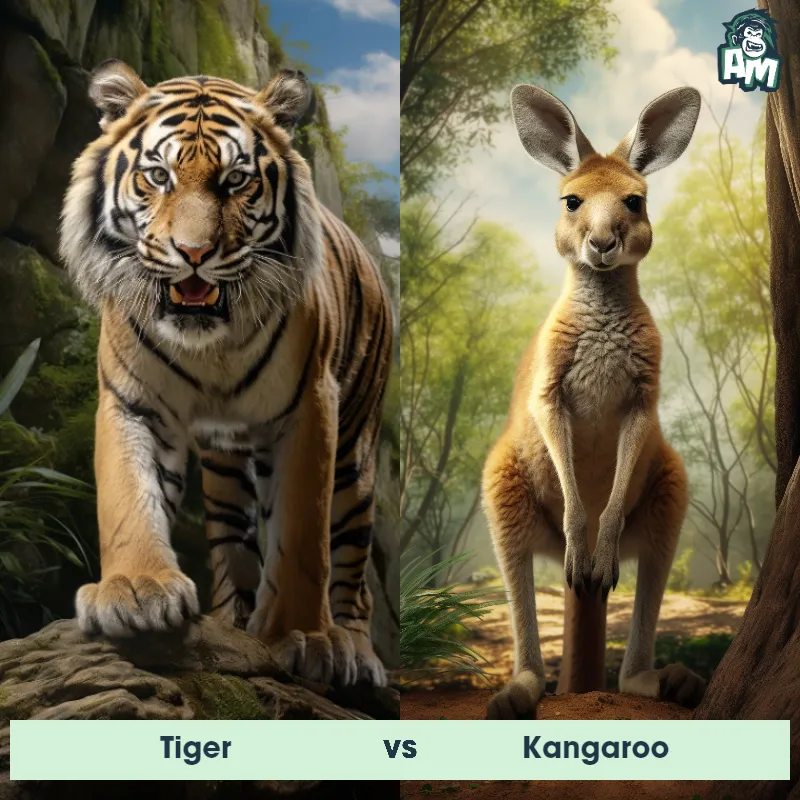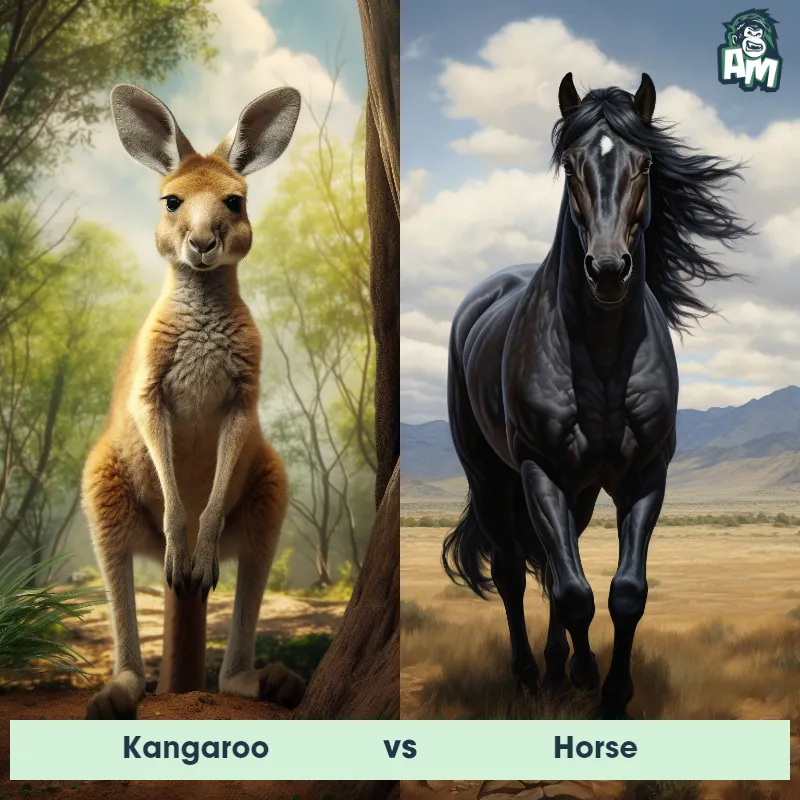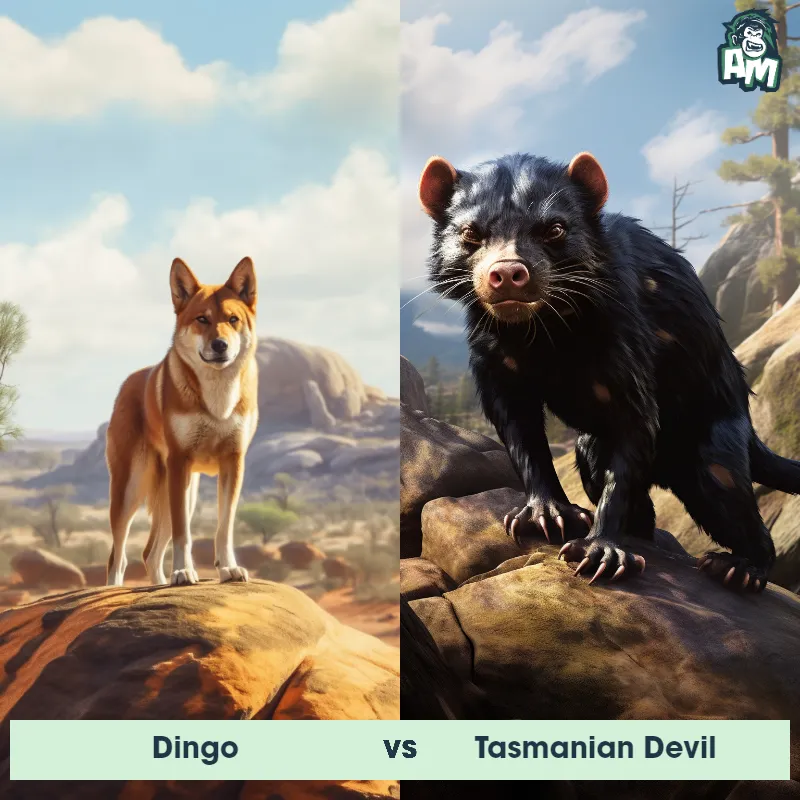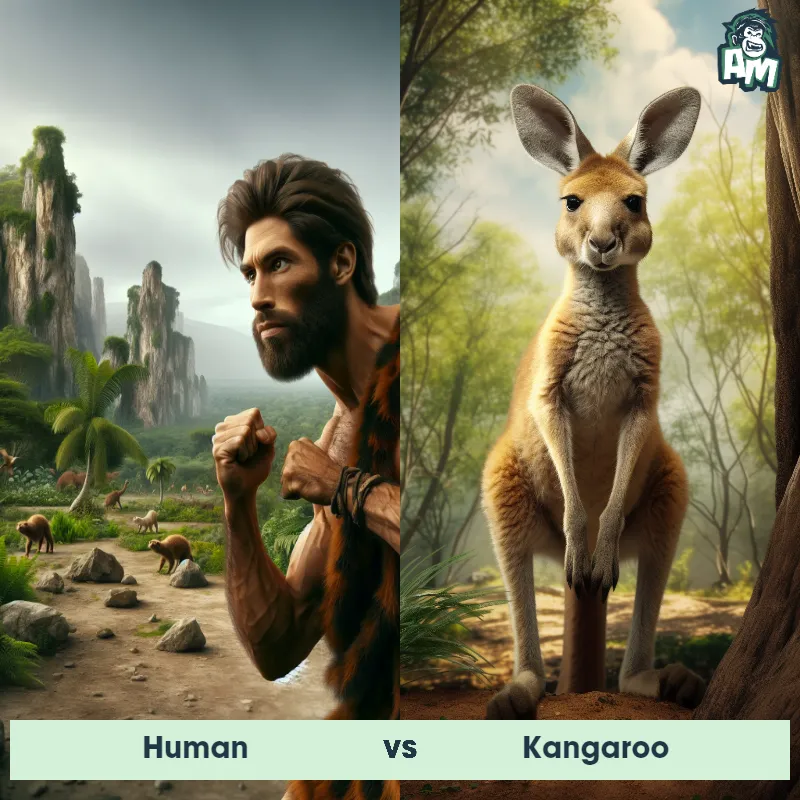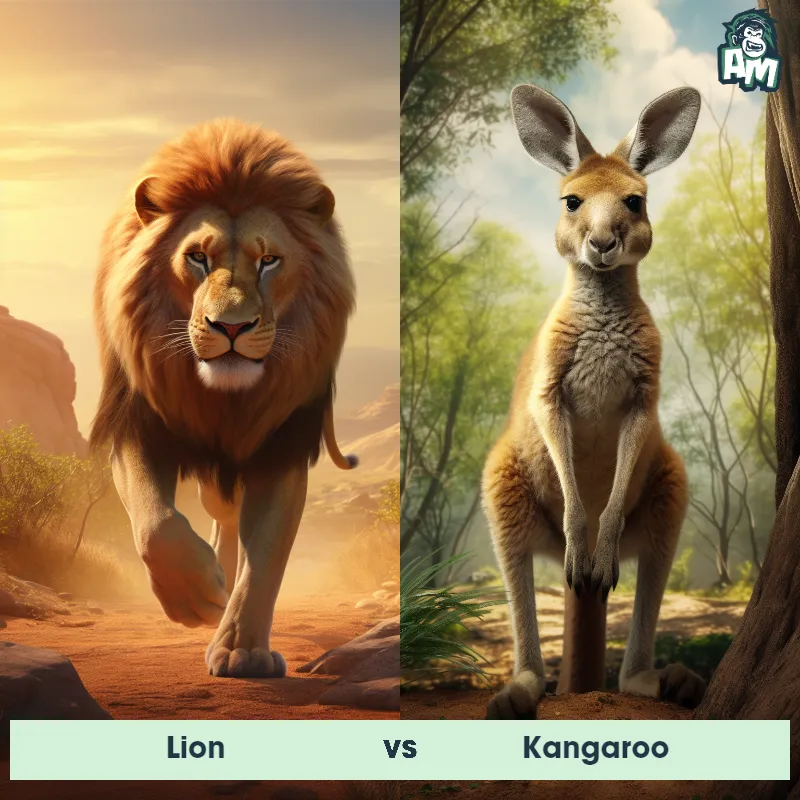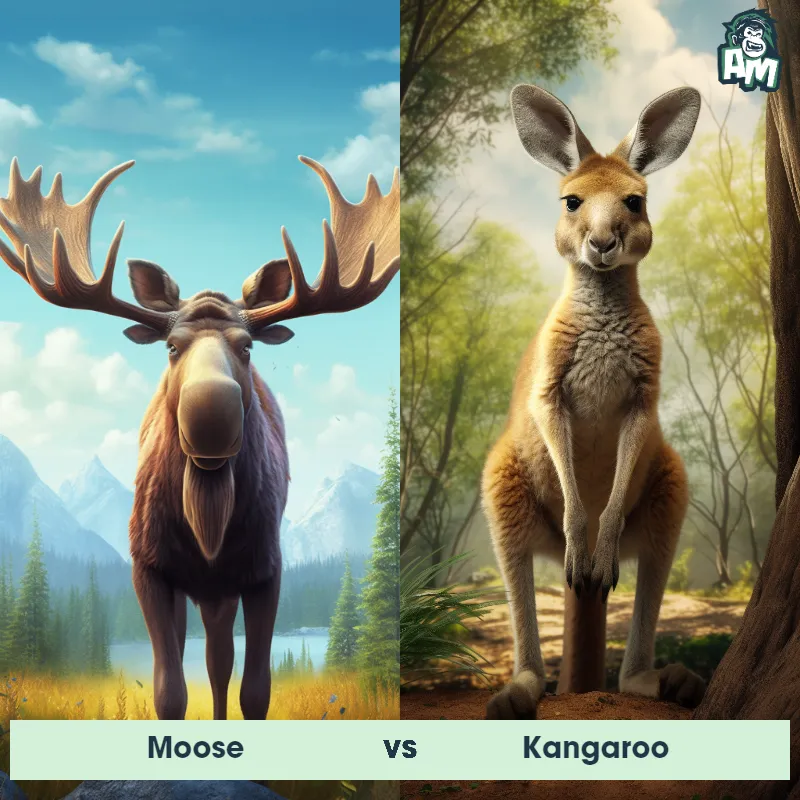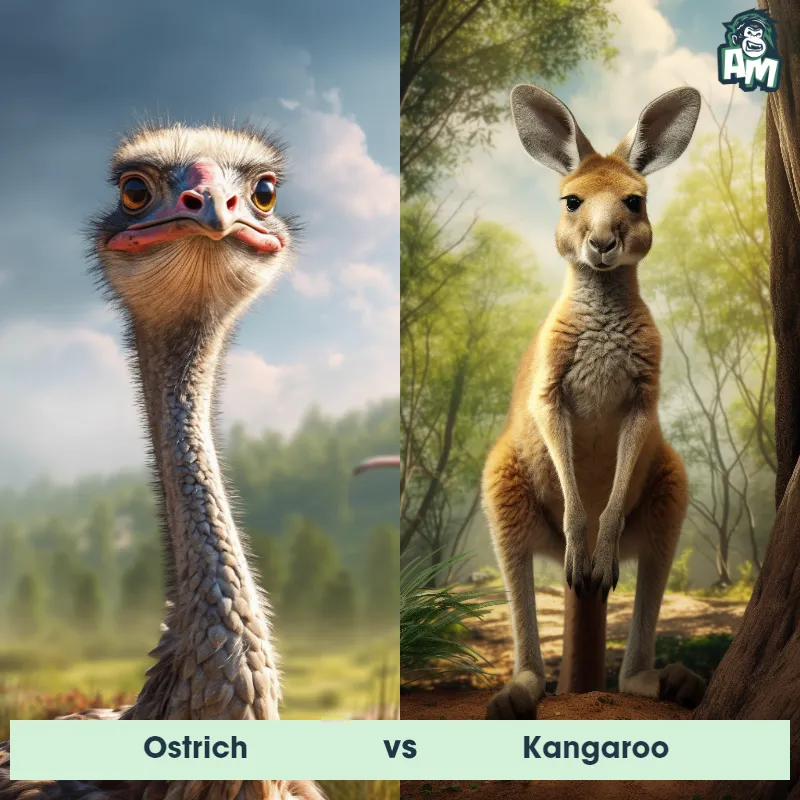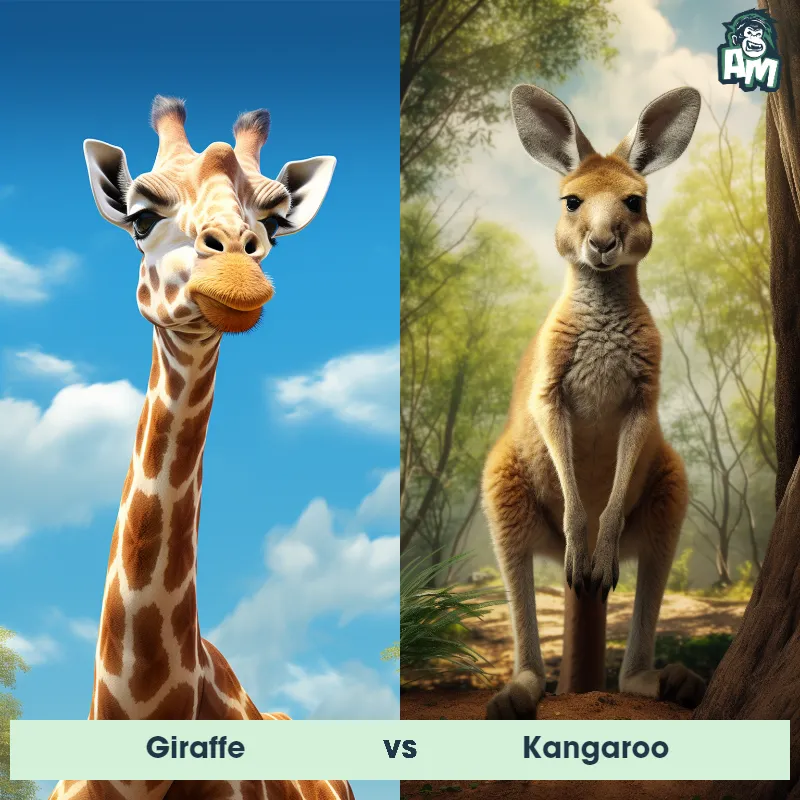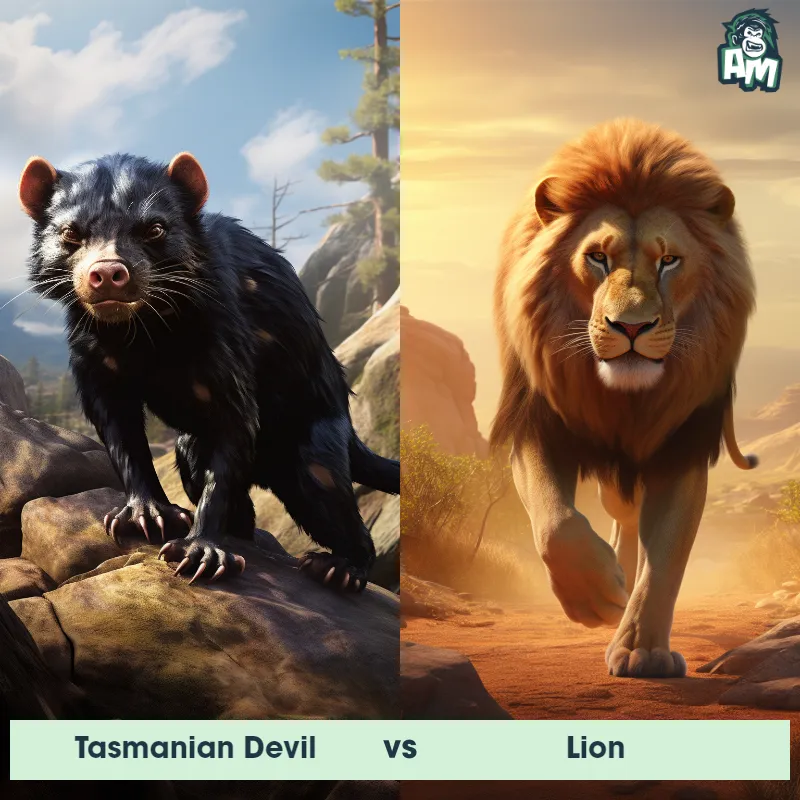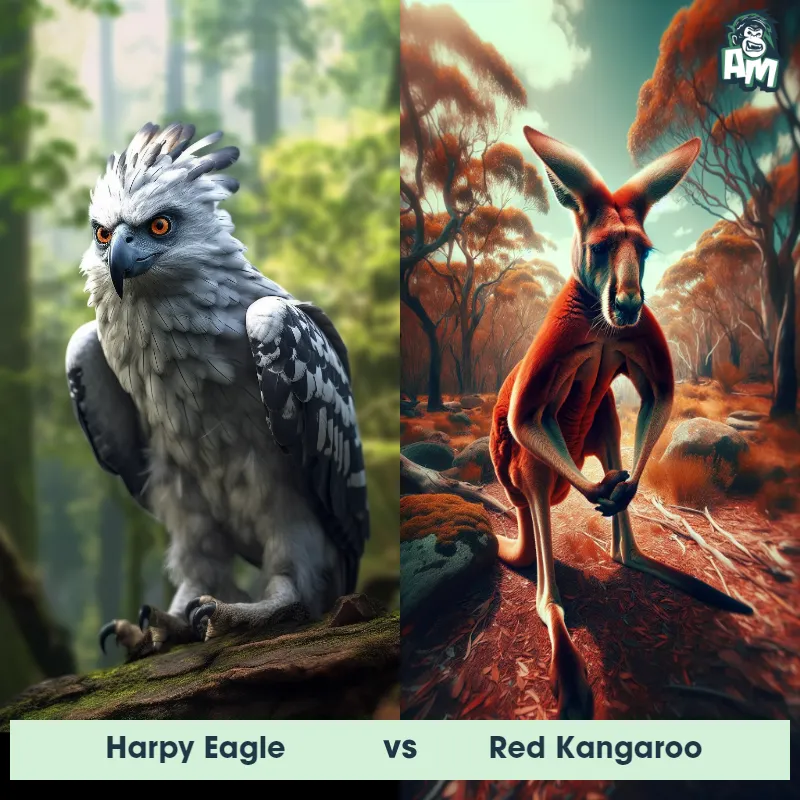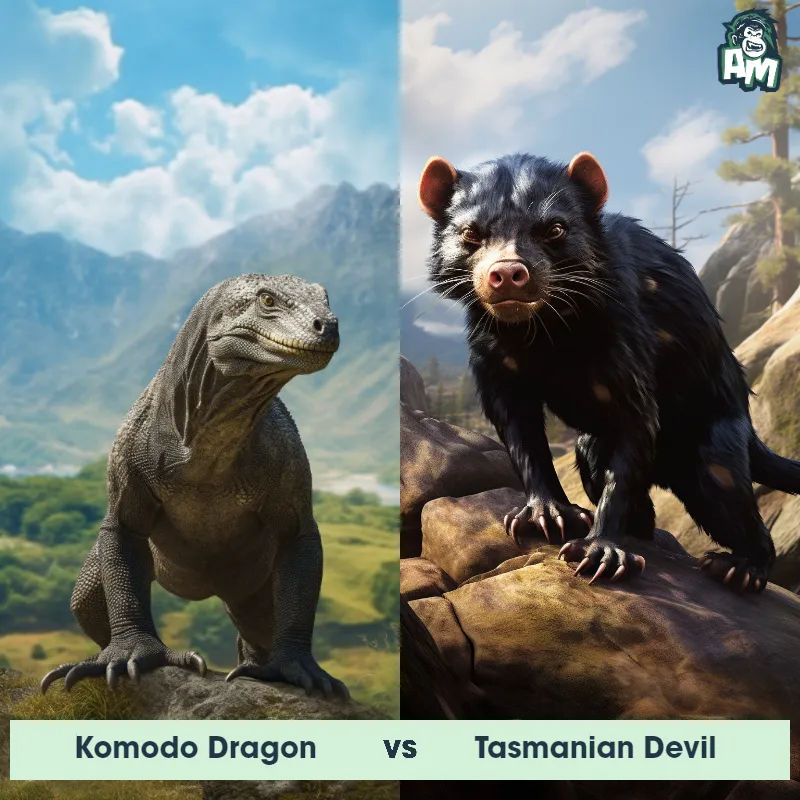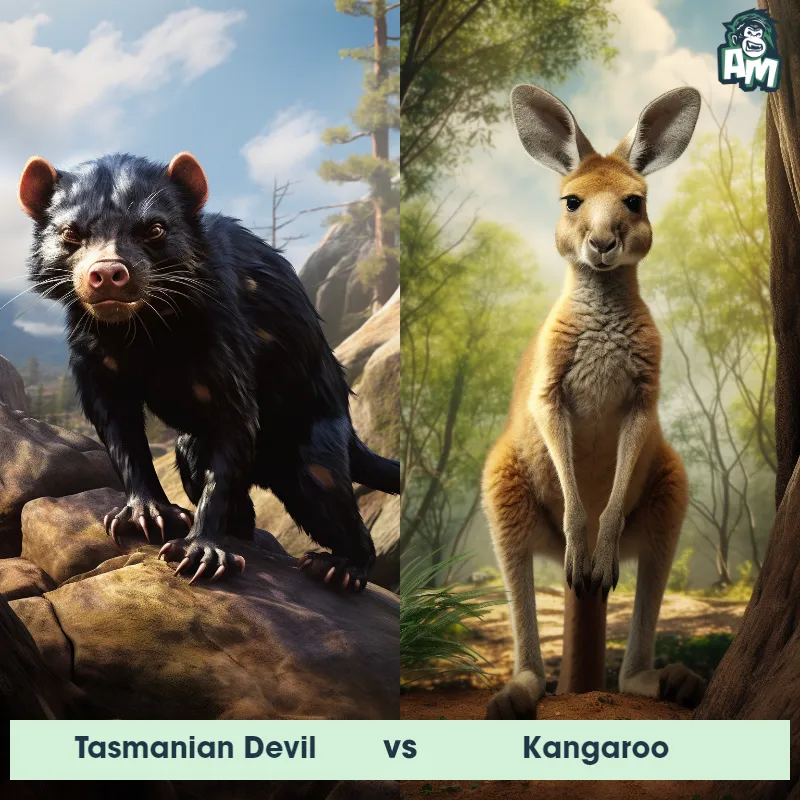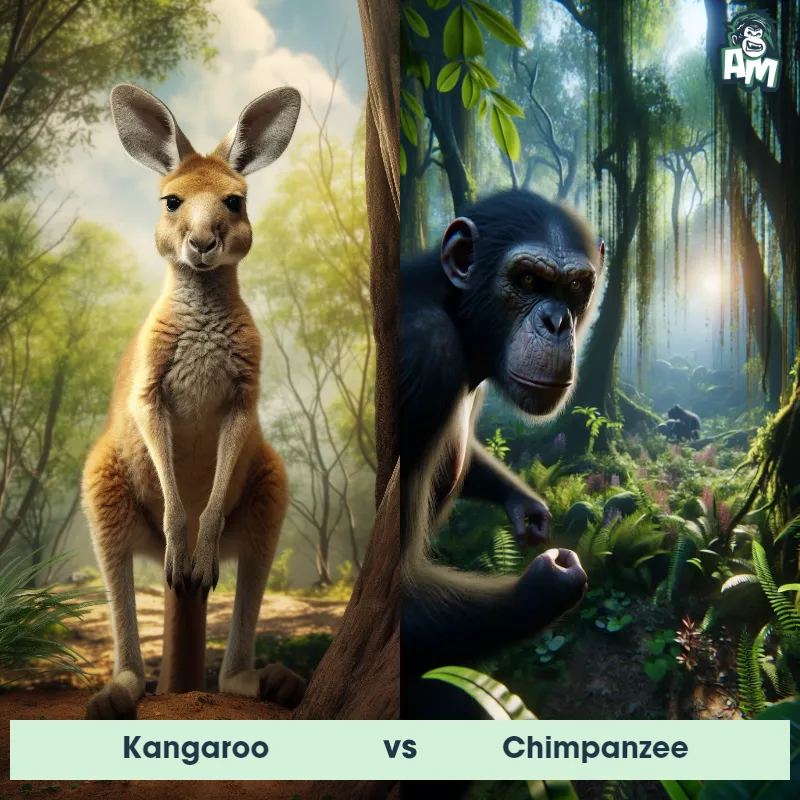Quokka vs QuollSee Who Wins
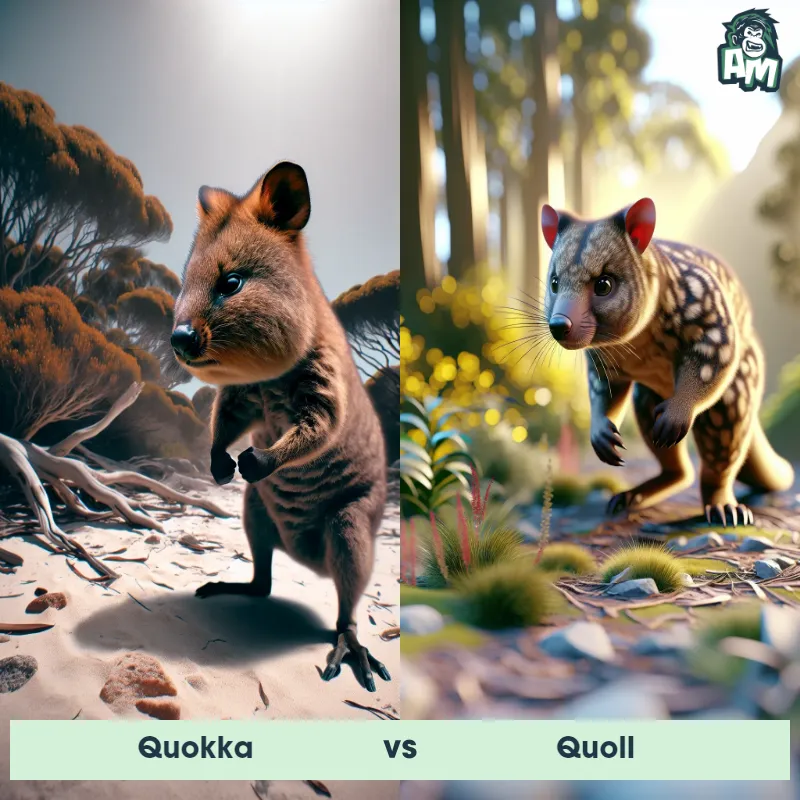
Ladies and gentlemen, boys and girls, welcome to this thrilling matchup between two fascinating creatures of the animal kingdom. We have a fierce contest set between the adorable Quokka and the agile Quoll. This showdown is bound to keep you on the edge of your seat, so fasten your belts and get ready for some wild action!
Contender 1: Quokka
The Quokka, also known as the happiest animal on Earth, is a small marsupial native to the southwestern part of Western Australia. It has a stocky build with a small head, round ears, and a short, broad tail. Quokkas have a friendly and expressive face, with dark eyes and a smile-like appearance. Their fur is coarse and usually brownish-gray, while their underbelly is lighter in color. These herbivorous creatures are well-known for their ability to climb trees and move quickly on land. They are approximately the size of a domestic cat and weigh around 2.5 to 5 kilograms. Despite their cute and cuddly appearance, Quokkas are wild animals and should not be approached or fed by humans.
Fun Fact: Quokkas are known for their photogenic nature, often posing for pictures with tourists on Rottnest Island, earning them the nickname "the world's happiest animal."
Contender 2: Quoll
The Quoll, also known as the native cat or marsupial cat, is a carnivorous marsupial found in Australia, Tasmania, and New Guinea. They are small to medium-sized mammals with a body length ranging from 23 to 66 cm, and a tail length of 20 to 35 cm. Quolls have distinctive spotted fur patterns, varying from yellowish brown to dark brown or black, with white spots or stripes. They have a pointed snout, sharp teeth, and long whiskers. They are excellent climbers and have a pouch for their young, with females typically giving birth to up to 30 joeys.
Fun Fact: One fun fact about Quolls is that they are known for their unique mating behavior, as males have a bifurcated penis, and females have a bifurcated reproductive tract, which allows them to mate for extended periods. This adaptation is believed to have evolved to increase the chances of successful reproduction in the competitive mating environment of Quolls.
Matchup Stats
| Quokka | Quoll | |
|---|---|---|
| Size | Around 45-54 cm (17-21 inches) in length | 23-66 cm (9-26 in) in body length; 20-35 cm (8-14 in) in tail length |
| Weight | 2.5-5 kilograms (5.5-11 pounds) | 300-1,600 grams (0.7-3.5 lbs) |
| Speed | 6.2mph (10km/h) | 12mph (19km/h) |
| Key Strength | Agile and quick movements | Sharp teeth and claws |
| Biggest Weakness | Relatively small size and non-aggressive nature | Small size and lightweight |
Current Votes
Quokka vs Quoll
See Who Wins
View More Matches
Looking For More?
Similar Matches
Scientific Stats
| Quokka | Quoll | |
|---|---|---|
| Scientific Name | Setonix brachyurus | Dasyurus (Quolls) |
| Family | Macropodidae | Dasyuridae |
| Habitat | Coastal scrubs, forests, and heathlands | Forests, woodlands, grasslands, and coastal areas. |
| Geography | Southwest part of Western Australia, specifically Rottnest Island and a few regions on the mainland | Australia, Tasmania, and New Guinea |
| Diet | Herbivorous - feeds on grasses, leaves, bark, and fruits | Carnivorous, feeding on insects, small mammals, birds, reptiles, and fruit. |
| Lifespan | 2 years - 10 years | 4 years - 7 years |
Key Differences between Quokka and Quoll
- Ears: Quokkas have small round ears, while Quolls have larger, more pointed ears that stand upright.
- Size: The Quokka is smaller in size, typically measuring around 40-54 cm in length, while the Quoll is larger, ranging from 25-75 cm in length depending on the species.
- Tail: Quokkas have a short, bushy tail, about a third of their body length, while Quolls have a longer, slender tail that can be almost the same length as their body.
- Facial features: Quokkas have a cute, rounded face with a smiling expression, earning them the nickname "happiest animal on Earth." Quolls have a more pointed face, with a prominent snout and sharp teeth.
- Coloration: Quokkas have a distinct brownish-gray fur on their body, while Quolls may have varying color patterns including spots, stripes, or a combination of both, depending on the species.
- Habitat: Quokkas are primarily found on Rottnest Island and certain parts of Western Australia's mainland, whereas Quolls are distributed across Australia and Papua New Guinea, with different species occupying various habitats from rainforests to woodlands.



